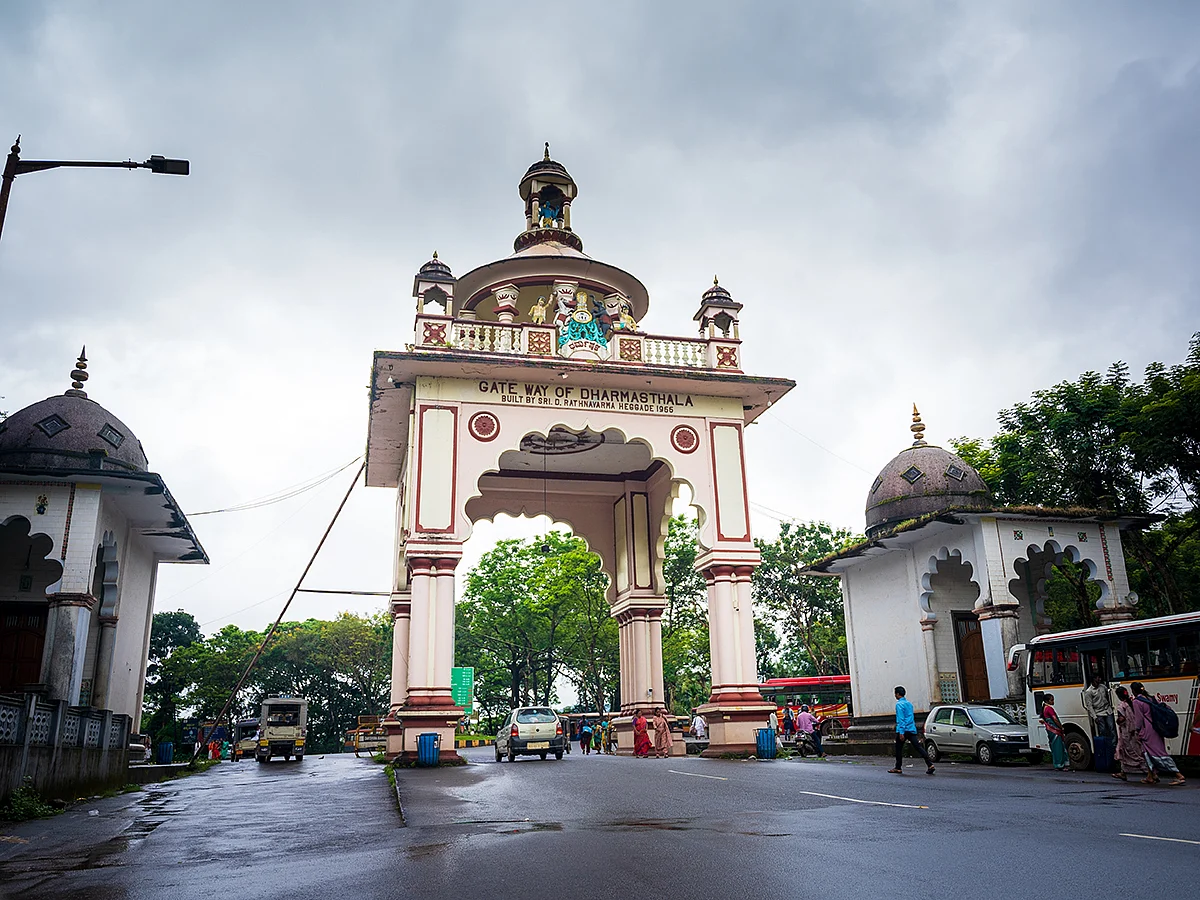Dharmasthala horror unfolds: Mass graves, rape, and missing women cover-up shock India
Whistleblower alleges 100+ rape-murders, backs claim with exhumed skeletons

A former sanitation worker in Dharmasthala, in the south Indian state of Karnataka, has made explosive claims of being forced to bury or burn over 100 murder victims—many of them women and minors—between 1998 and 2014.
Employed by the temple administration from 1995 to 2014, the whistleblower alleges that the victims were sexually assaulted, strangled, and in some cases, burned with acid.
Last week, the man appeared in a Mangaluru court under heavy security, submitting a sworn statement and photographic evidence of skeletal remains. He said several bodies were buried near the Netravathi River, while others were destroyed using diesel or chemicals. One of the most disturbing claims involves the rape and murder of a schoolgirl, allegedly buried near a petrol station in 2010.
The revelations have sparked public outrage and prompted demands for a Supreme Court- or High Court-monitored Special Investigation Team (SIT). Activists and legal experts argue that the current investigation—led by a local sub-inspector—lacks the authority and transparency required for such a grave case.
With calls for forensic exhumation, immediate arrests, and a video-recorded probe, the case is fast emerging as one of Karnataka’s most chilling criminal investigations in recent memory.
The sanitation worker’s chilling testimony has blown the lid off what could be one of Karnataka’s most horrifying crimes. Here’s what we know so far:
What is the Dharmasthala mass burial case?
A former sanitation worker employed by the Dharmasthala temple board between 1995 and 2014 has alleged that he was coerced into disposing of over 100 bodies of rape and murder victims, many of them women and minors. The incidents reportedly took place between 1998 and 2014.
He claims many victims showed signs of brutal sexual violence and that he acted under threat from influential individuals. His testimony has now reopened deep concerns about unchecked abuse of power and systemic cover-up.
Eyewitness testimony that shocked the state
On July 11, the man appeared before a Mangaluru court under tight security. His face and body were completely covered—except for a transparent strip over his eyes. He gave a sworn statement backing a complaint he had submitted earlier, which included photographs of skeletal remains.
“Many female bodies were naked; some showed signs of strangulation and wounds,” he wrote in his June 3 complaint. His statement has sparked public outrage and renewed calls for a court-monitored SIT to ensure an impartial investigation.
Who is the whistleblower?
The eyewitness is a Dalit man who worked as a sanitation worker with the Dharmasthala temple administration. He claims he was threatened with death if he refused to dispose of the bodies.
He fled Dharmasthala in 2014 after a minor girl in his own family was allegedly assaulted by someone linked to his supervisors. Now, over a decade later, he says he has come forward out of guilt and a need for justice.
Disturbing details from the complaint
The whistleblower described several gruesome incidents:
A schoolgirl aged 12–15, stripped and strangled, buried near a petrol bunk in 2010.
A 20-year-old woman, her face burned with acid, body wrapped in newspaper and torched with diesel.
Victims were buried along the banks of the Netravathi River, chosen for rapid decomposition.
“If the exhumed bodies are given a proper funeral, their souls will find peace—and so will mine,” he said.
He has now sought witness protection and offered to identify burial sites and name the perpetrators.
Fresh complaint by missing girl’s mother
The family of Ananya Bhat, a medical student who went missing in 2003 during a college trip to Dharmasthala, has filed a fresh complaint. Her mother, Sujatha—a former CBI stenographer—believes Ananya could be among the unidentified victims. This has added urgency to activists’ calls for a high-level investigation.
Sowjanya case: A haunting echo
The current allegations have revived memories of the 2012 Sowjanya rape-murder, another brutal case from the same region that drew national attention. That incident, too, was marked by claims of cover-up and failure to prosecute influential figures.
Was an FIR filed?
Yes, a First Information Report (FIR) was registered after the man's statement. However, activists and legal experts have raised concerns that the case is being handled by a local sub-inspector, which they argue is grossly inadequate for an investigation of this scale.
What are activists demanding?
At a press conference in Bengaluru, retired Supreme Court Justice V Gopala Gowda and senior activist C.S. Dwarakanath demanded the following:
An SIT led by an ADGP-rank officer
Monitoring by the Supreme Court or Karnataka High Court
Deployment of forensic experts for DNA, digital, and skeletal analysis
Video-recording of all investigative procedures
Immediate exhumation of remains and arrests of those involved
Is due legal process being followed?
Activists allege the current probe violates provisions under the Bharatiya Nagarik Suraksha Sanhita (BNSS), India’s updated criminal code. There are fears that crucial evidence could be lost, and the case weakened, if oversight isn’t urgently tightened.
What happens next?
Despite growing public pressure, the Karnataka government has yet to announce an SIT. Civil society groups continue to call for court-monitored intervention, warning that any delay could lead to destruction of evidence and erosion of public trust.
As more families step forward, this may evolve into one of India’s most significant criminal investigations—but only if handled with urgency, transparency, and accountability.
Network Links
GN StoreDownload our app
© Al Nisr Publishing LLC 2025. All rights reserved.